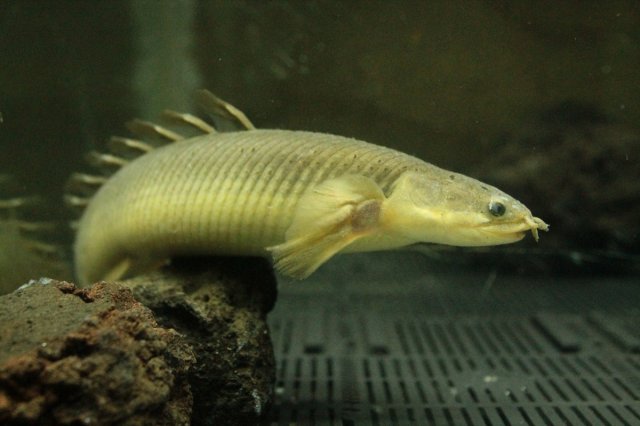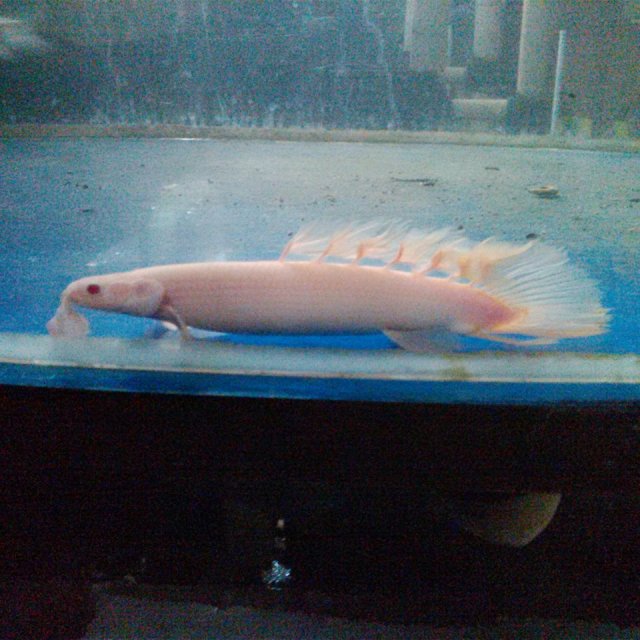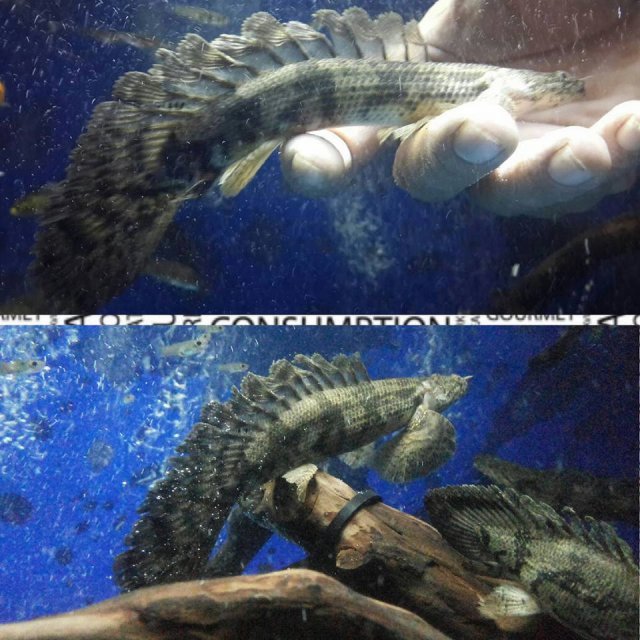I have some question about longfin bichirs because a polypterus group in my country once discussed about this topic but nobody sure if that true or false.
First, are the genes of longfin derived from both parent? I mean, if I have both male and female longfin bichir and they have babies, whether most of them all will have longfin?
*~*~*~*~*
Second, are there longfin variation like 'semi' longfin or 'true' longfin? Because based on my observation and experience, I once had a longfin senegalus but her fin is not as long as another longfin senegalus. Here is the pic:

My friend have very amazing longfin senegalus because its nose are cute lol

*~*~*~*~*
Third and last question, are other-bichir-species with longfin variant are exist? For example, longfin endlicheri. My friend told me that he just bought longfin endlicheri. I surprised because I never see it before. Anybody see or maybe have it? Post a pic on comment. Btw, here is my friend longfin endlicheri :

Thanks for reading. I hope you can answer my questions and sorry for bad english
First, are the genes of longfin derived from both parent? I mean, if I have both male and female longfin bichir and they have babies, whether most of them all will have longfin?
*~*~*~*~*
Second, are there longfin variation like 'semi' longfin or 'true' longfin? Because based on my observation and experience, I once had a longfin senegalus but her fin is not as long as another longfin senegalus. Here is the pic:

My friend have very amazing longfin senegalus because its nose are cute lol

*~*~*~*~*
Third and last question, are other-bichir-species with longfin variant are exist? For example, longfin endlicheri. My friend told me that he just bought longfin endlicheri. I surprised because I never see it before. Anybody see or maybe have it? Post a pic on comment. Btw, here is my friend longfin endlicheri :

Thanks for reading. I hope you can answer my questions and sorry for bad english


